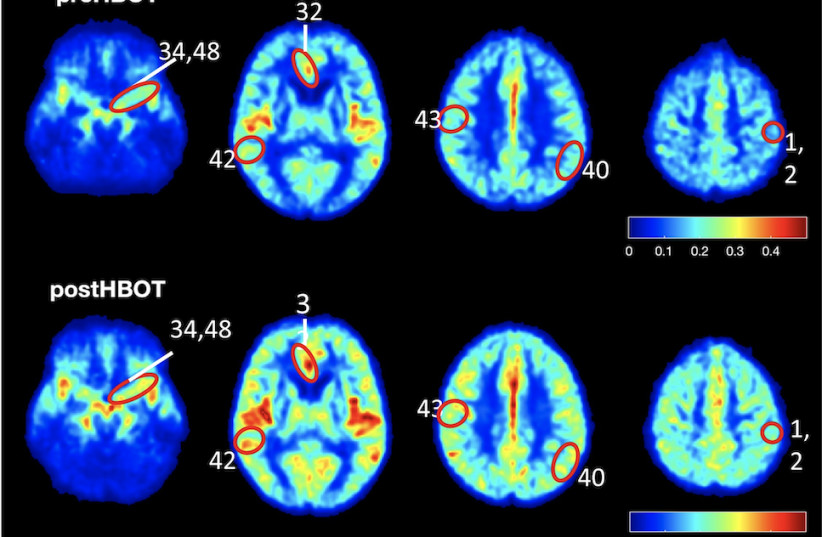
In the course of their research, scientists found that the neurological effects of long-COVID were strikingly similar to Alzheimer’s and Parkinson’s.
Researchers in Australia and Luxembourg may have determined the cause of the neurological effects of long-COVID, including brain fog.
COVID-19 is a respiratory disease whose symptoms typically persist for no more than two weeks. However, some 30% of people with COVID-19 experience symptoms that persist for more than two to three months after the initial infection. Little is understood about the symptoms of long-COVID, how it manifests itself, or how it can be treated.
However, it has been two and a half years since the initial outbreak of the pandemic in late 2019, and scientists are beginning to concretize the possible lasting or latent effects of the disease. These include neurological symptoms thought to be caused by the virus infecting the central nervous system.
Bad news and good news

In the course of their research, scientists found that the neurological effects of long-COVID were strikingly similar to neurodegenerative diseases caused by cytotoxic aggregates on the brain. This is to say, they witnessed a buildup of protein fragments from the SARS-CoV-2 virus which formed clumps in the brain, similar to those found in patients with Alzheimer’s or Parkinson’s diseases.
“If further studies are able to prove that the formation of these amyloids is causing long-COVID, then anti-amyloid drugs developed to treat Alzheimer’s might be used to treat some of the neurological symptoms of long-COVID.”
Dr. Mirren Charnley
The study also showed that the clumps, in addition to being problematic by their presence, are highly toxic to brain cells.
However, this grim prognosis may actually be a compass to point in the direction of a treatment plan.
Dr. Mirren Charnley, a postdoctoral researcher at Swinburne explained that “if further studies are able to prove that the formation of these amyloids is causing long-COVID, then anti-amyloid drugs developed to treat Alzheimer’s might be used to treat some of the neurological symptoms of long-COVID.”